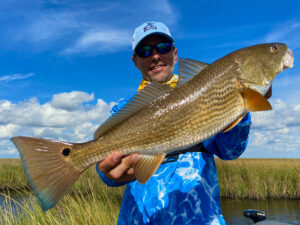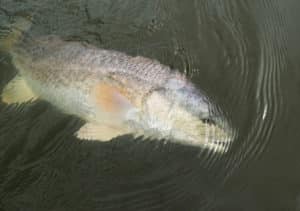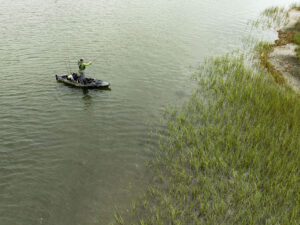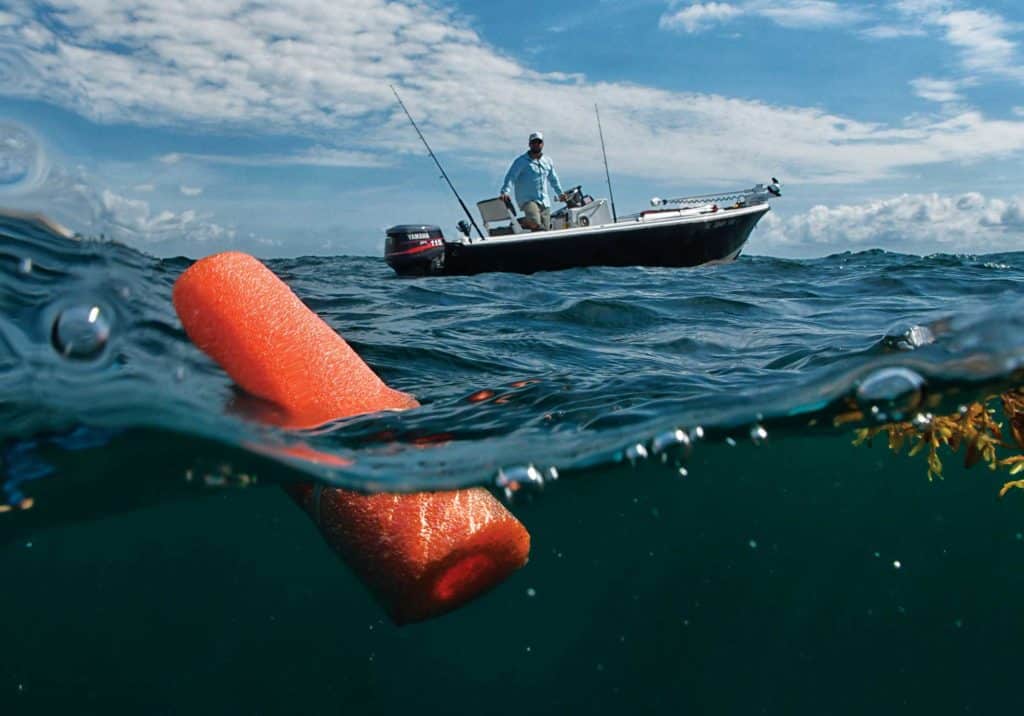
If any fishing tool is as ubiquitous as rods, reels and hooks, it might be floats. Buoyancy comes into play whether you’re using a bobber to suspend an earthworm for bluegills in a pond or a balloon to drift a butterfish chunk to yellowfin tuna in blue water. Floats can be so effective that they’re virtually omnipresent on all bodies of water.
The retail market provides a dizzying array of floats, including some shaped like shotgun shells and others with built-in night lights. But for offshore saltwater fishing specifically, floats can be homemade as often as store-bought.
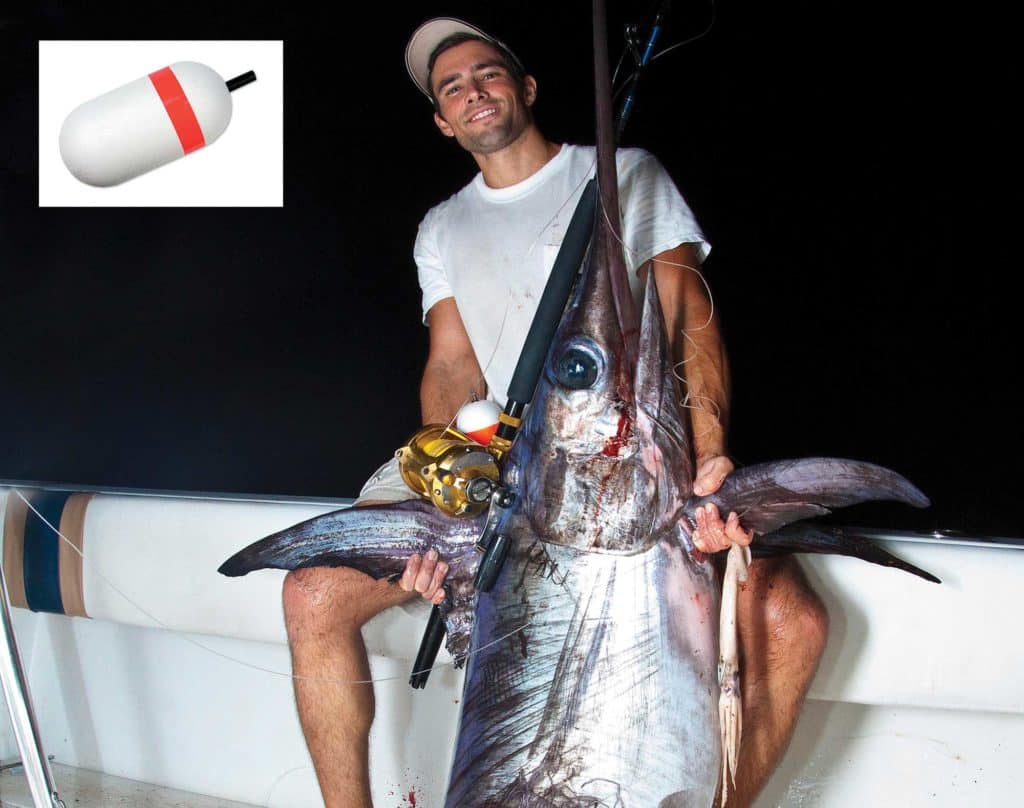
Using Floats in Deep Offshore Waters
For bluewater game fish, anglers usually need floats that can suspend a significant amount of weight — sometimes pounds instead of ounces — at depths ranging from 10 feet to hundreds of feet, despite strong currents or fast drifts. Floats must be adjustable for various depths and set to release after a hookup so they won’t interfere with line retrieval during a fish fight.
“I’ve set floats as deep as 1,700 feet when daytime swordfishing,” says Capt. Bouncer Smith, who fished out of Miami for decades. “We use a two-liter soda bottle and attach it with a No. 64 rubber band looped around the line and back around the neck of the bottle, which is easy to remove. Longline clips work too.”
Why use a soda bottle? Store-bought offshore floats can sometimes be difficult to locate and surprisingly expensive, although online searching presents a few interesting options for floats that can support up to 4 pounds of lead. The key feature to look for is a quick-release mechanism that allows the float to slide freely on the fishing line after a strike.
Another option is to use in-line floats. “Rig a bead, then the float, then another bead on the line,” Smith explains, “and tie a rubber band around the line to keep the top bead from moving. When you reel in the float with a fish on, it’s easy to slide the rubber band along the leader to bring the fish in.”
Smith says that although this in-line system isn’t used as much these days, it remains an effective way to keep a bait near the surface while fishing for sailfish, and the same egg-shaped floats used for kite-fishing rigs work when you don’t need much weight on the line.
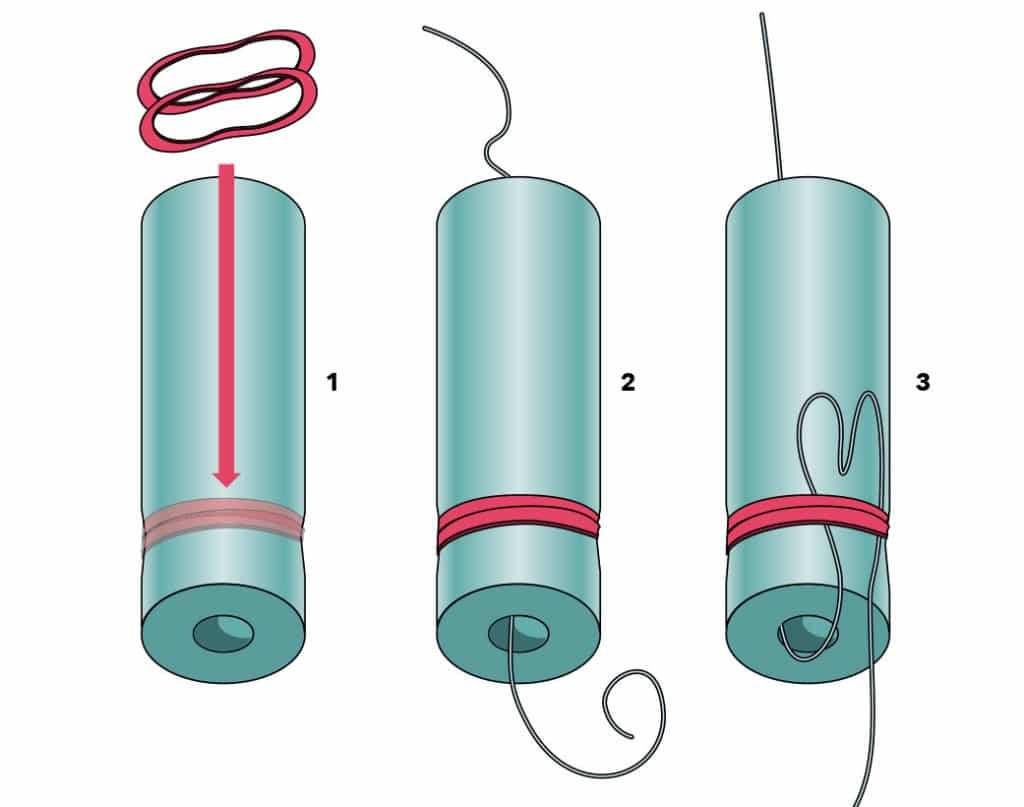
2. Run main line through pool noodle top to bottom, and tie on terminal tackle.
3. Tuck some line up under the rubber bands to hold the noodle in place. When a fish hits, the line pulls free and the noodle slides along the line. Kevin Hand
Eco-Friendly Floats for Offshore Fishing
Floats made by RediRig feature a built-in quick-release mechanism in the form of a clip at the top and a pair of spring-loaded rubber stoppers that hold the line in place at the bottom. When a fish pulls out the line from between the stoppers, the float slides freely while the line continues to run through the clip.
Balloons are another popular (and very cheap) option, but they’ve fallen out of favor due to pollution and sea-life concerns. When a fish drags them underwater on the strike, balloons commonly pop. Latex can remain on the fishing line or drift in the water. Balloons can also float free and become an ingestion danger for sea turtles.
That said, balloons do make effective floats. Angler should be sure to affix them to the line breakaway style with a thin rubber band so they can be retrieved after the fish is boated.
Hollow-foam pool noodles have increased in popularity in recent years, particularly along the mid-Atlantic coast, because they don’t drift away after a hookup. The main line runs through the center of the noodle and is temporarily secured at the desired depth by tucking the line under a rubber band (or several rubber bands, when used with lots of weight) on the noodle’s exterior. When a fish strikes, the line pulls out from under the rubber band, and the noodle slides freely on the line.
Anglers can choose how long to cut noodles, according to need (a 10-inch section is enough to support more than a pound of weight); they’re extremely inexpensive; and they allow for color-coding lines according to depth, distance set from the boat, or whatever variable you like to track.
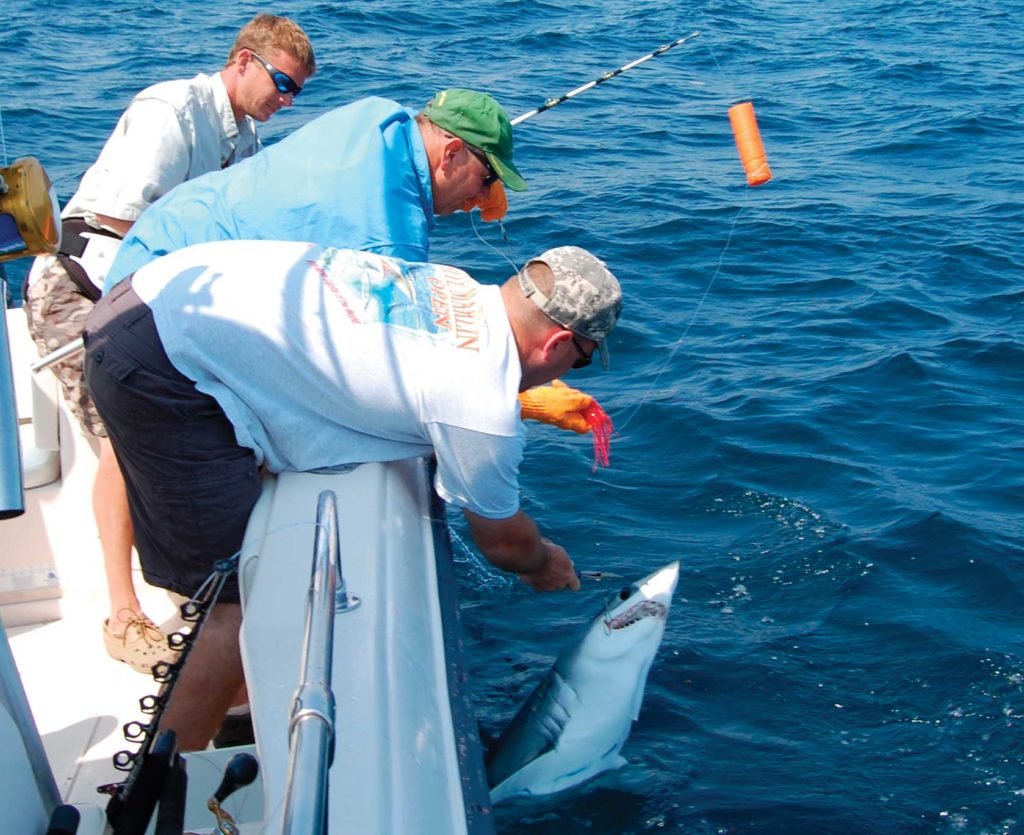
A Float Aficionado
Just how important can a float be? Capt. Mark Sampson of Fish Finder Adventures, who operates out of Ocean City, Maryland, during summer, and the lower Florida Keys in winter, says without hesitation that he’d never leave the dock without floats aboard his boat.
“The only time I don’t use them is when trolling, and even then, I’ve stopped the boat and wished I had one,” he says. His on-the-spot solution? He digs through the trash can and pokes around the galley until he finds a drink koozie that can get the job done.
“Anytime you’re either drifting or at anchor, fishing either a live bait or a dead bait, you should have a float on at least one line. It doesn’t matter if you’re live-baiting for kings, chunking for tuna, or fishing for sharks; a float will help you place a bait at the exact depth you want. It’s also a good way to keep a bait up top when you might normally want to kite-fish but the conditions don’t allow for it,” he explains.
Sampson says his preferred tool is the pool noodle: It’s inexpensive, easy to rig, and doesn’t add to the refuse floating around in the ocean. But he cautions that whatever system you use, you shouldn’t just set out a float and forget about it.
“Obviously if you’re watching the float, you can react quicker if you get a bite, but you also want to watch it to make sure the line doesn’t get fouled,” he says. “Sometimes a bait will spin or a live bait will swim in circles, tying a knot or twisting the line around the float.”
Read Next: Fishing With Popping Corks
Another issue you might encounter, particularly with mako sharks, occurs when the shark attacks the float instead of the bait. Sampson says that when this happens, there’s not much you can do other than crank the float out of the danger zone, which often brings the bait within the predator’s view. If the float gets bit and severs the line, send back another bait as quickly as possible.
Having a mako eat your float might be a problem, but as far as fishing goes, it’s about as first world a problem as you can have. Besides, were it not for the float, that mako might not have attacked in the first place. Forget to bring one on your next offshore outing, and you might end up merely bobbing around on the ocean praying for a bite — or rooting around the cabin looking for a drink koozie.


